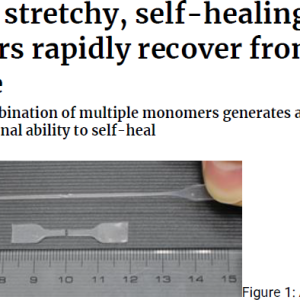
USE OF STAINLESS-STEEL AS ALTERNATIVE CLAD MATERIAL IN LWRS
₩4,000
So far, light water reactors have been considered to be the best possible reactor types from considerations of economic advantages, ease of operation as well as plant system reliability. The earliest light water reactors had used stainless steel as the cladding material. Subsequently, the excellent behaviour of zirconium alloy as well as significant advantage of neutron economy has resulted in the use of zirconium alloy as the cladding material. However, extensive metal-water reaction in the event of severe accidents and subsequent hydrogen generation can be considered to be a big disadvantage for zirconium alloy. This disadvantage has also resulted in grave consequences both during Chernobyl and Fukushima accidents. Many attempts have been initiated worldwide to find an alternative cladding material. One of the candidate materials is reconsideration of stainless steel as fuel cladding. The stainless-steel technology and the material science have been studied extensively and at present, understanding of the material is also superior. Use of stainless steel as cladding material has a potential advantage of reduced hydrogen generation in the event of severe accidents. This paper presents the results of a study that has been made to understand the reactor physics implications of using stainless steel as the cladding material.





상품평
아직 상품평이 없습니다.